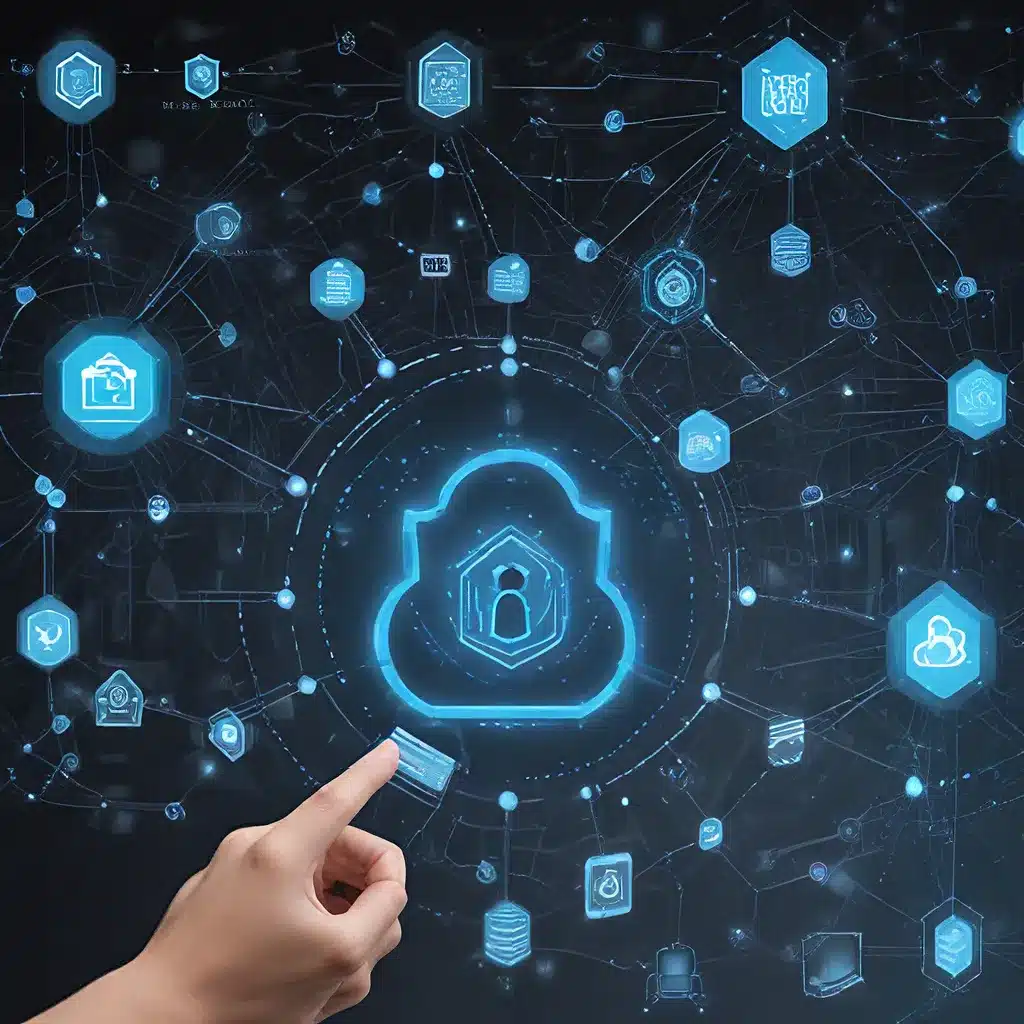
The Evolving Landscape of Sensor Networks and IoT
The sensor network landscape has undergone a remarkable transformation in recent years, driven by the exponential growth of the Internet of Things (IoT). As sensor technologies become increasingly sophisticated and ubiquitous, the challenge of securing sensor data has emerged as a critical concern for businesses, governments, and individuals alike.
In the modern IoT ecosystem, sensors are deployed in a wide range of applications, from smart homes and cities to industrial automation and environmental monitoring. These sensors collect vast amounts of data, which is then transmitted, processed, and analyzed to enable a diverse array of IoT applications. However, this wealth of data also presents a tempting target for cyber threats, making the security and privacy of sensor networks a paramount consideration.
Securing Sensor Data: The Importance of Advanced Calibration
To address the security challenges inherent in sensor networks and IoT, researchers and practitioners have developed a range of advanced calibration strategies. These strategies aim to enhance the robustness and resilience of sensor data, ensuring that the information collected and transmitted is accurate, reliable, and secure.
Sensor Calibration for Cybersecurity
One of the key aspects of securing sensor data is sensor calibration. This process ensures that the sensors are functioning properly and providing accurate and reliable data. Proper calibration can help detect and mitigate potential cyber attacks, such as sensor spoofing or data manipulation, which can compromise the integrity of the sensor data.
By implementing advanced calibration techniques, IoT system designers can enhance the security of sensor networks. This includes multi-point calibration, self-calibration, and adaptive calibration algorithms that continuously monitor sensor performance and adjust accordingly.
Enhancing Privacy through Sensor Calibration
In addition to cybersecurity, the privacy of sensor data is a critical concern in the IoT landscape. Sensor networks often collect sensitive and personal information, from health data to location tracking. Ensuring the confidentiality and privacy of this data is essential to building trust and acceptance among end-users.
Advanced sensor calibration strategies can play a crucial role in protecting the privacy of sensor data. Techniques like differential privacy, homomorphic encryption, and secure multi-party computation can be integrated into the calibration process to safeguard the sensitive information collected by sensors.
Balancing Energy Efficiency and Cybersecurity in Sensor Networks
As sensor networks expand, energy management has emerged as another critical consideration. Sensors are often deployed in remote or resource-constrained environments, where power consumption and battery life are key factors.
Researchers have explored the trade-offs between energy efficiency and cybersecurity in sensor networks, developing advanced calibration strategies that optimize both performance and security.
Energy-Efficient Sensor Calibration Techniques
Energy-efficient sensor calibration approaches focus on minimizing power consumption while maintaining the accuracy and reliability of sensor data. This can involve adaptive sampling, duty-cycling, and in-sensor processing techniques that reduce the amount of data transmitted and minimize the energy required for sensor operation.
By integrating these energy-efficient calibration strategies into sensor network designs, IoT system developers can extend the battery life of sensor nodes and improve the overall sustainability** of their deployments.
Balancing Security and Energy Efficiency
However, securing sensor data and maintaining energy efficiency can sometimes be at odds. Cryptographic operations, authentication protocols, and secure communication can increase the energy consumption of sensor nodes.
To strike a balance, researchers have developed hybrid calibration techniques that dynamically adjust the security parameters based on the energy constraints and risk profiles of the IoT system. This adaptive approach allows sensor networks to optimize both security and energy efficiency based on the specific requirements and operating conditions of the deployment.
The Evolving Landscape of Sensor Network Security and Privacy
As the sensor network and IoT landscapes continue to evolve, the challenges and opportunities in securing sensor data are also constantly changing.
Emerging technologies, such as 5G, edge computing, and artificial intelligence, are transforming the way sensor data is collected, processed, and secured. Advanced calibration strategies will need to adapt and evolve to keep pace with these technological advancements**.
The Role of Standardization and Regulation
The development and adoption of industry standards and regulatory frameworks will also play a crucial role in shaping the future of sensor network security and privacy. Policymakers and governing bodies will need to collaborate with industry stakeholders to establish clear guidelines and best practices for securing sensor data and protecting end-user privacy.
The Importance of Ongoing Research and Innovation
As the IoT landscape continues to evolve, ongoing research and innovation in sensor calibration, cybersecurity, and energy management will be essential to maintaining the security and resilience of sensor networks.
By staying informed and embracing the latest advancements in these critical areas, IoT system designers, researchers, and practitioners can ensure that sensor data remains secure, reliable, and trustworthy in the years to come.
Visit https://sensor-networks.org/ to explore more resources and insights on sensor network technologies, IoT applications, and security best practices.